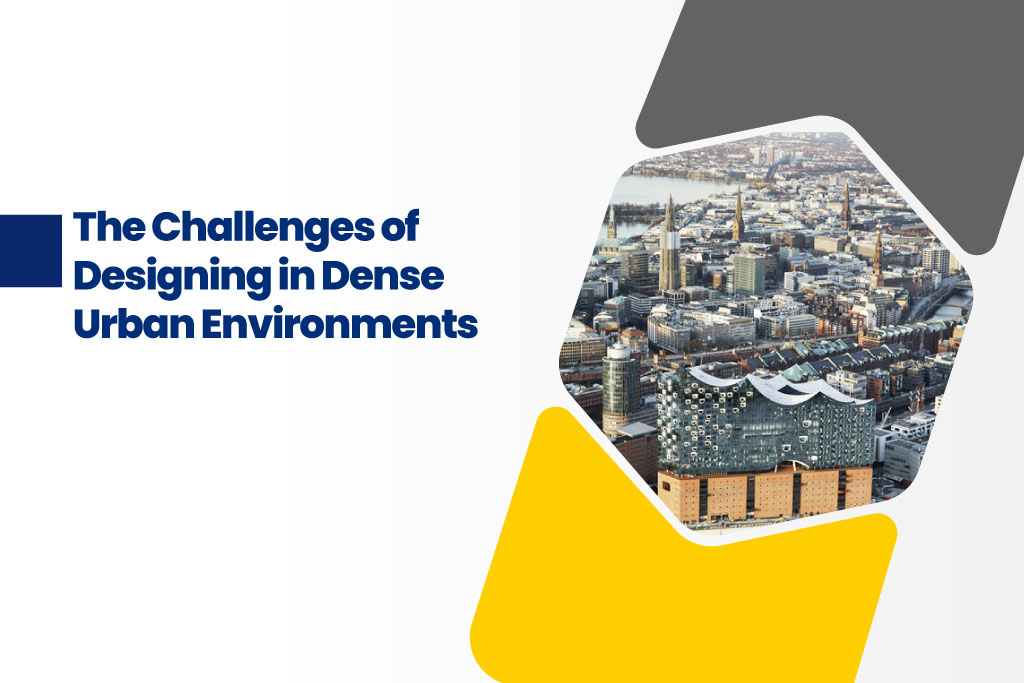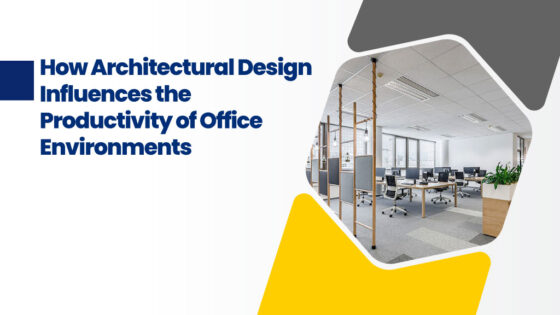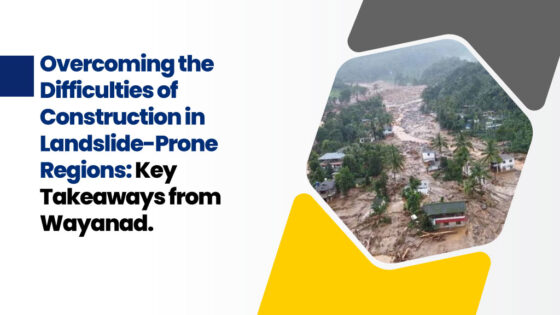Have you ever wondered how congested metro cities get extra construction space? The growing footprints in cities indicate alarming global effects, whereas architects and builders thrive to establish skyscrapers and buildings in the occupied and available space.
In the efforts of finding some extra optimum space, designers face unprecedented challenges in dense urban areas.
Pursuing industry-oriented architecture programs in the best architecture colleges in Coimbatore will bring you the practical sides of urban designing along with unprecedented challenges and most unique solutions.
Urbanisation is the most sensational word since the 20th century, with more than half the world’s population residing in cities. The growing urban population is today taking away the space for settlement and reshaping the entire global landscape.
Read on to learn more about the challenges along with some innovative prototypes and solutions practised in the industry.
The Challenges of Designing in Dense Urban Environments
Here are a few very crucial challenges faced by designers and architects while designing buildings and skyscrapers in large dense urban cities.
- Space Constraints and Overpopulation
Having sufficient space is the foremost concern before planning urban design and the effects of overpopulation is taking away the optimum space for livability.
In urban areas, the population and regional immigration rates are quoted high, which makes resource planning and allocation harder, resulting in exploitation and lower standards.
The hardest truth here is dense urban cities are expected to overpopulate with 68% of the world’s inhabitants by 2050, according to a United Nations (UN) report.
Hence, overpopulation and space scarcity lead to increased real-estate demand, skyrocketing property prices, and the need for creative solutions to identify ideal unused space and effectively utilize the available areas.
- Infrastructure Demands
Infrastructure directly says about the level of development in any urban area. Hence, they are known for their intricate creation & networks of infrastructure, including transportation, utilities, and communication systems.
Residents require sufficient ventilation, enough energy, proper sanitation, and a better transportation system in the densified areas for their well-being. Hence, an overflowing population demands strategic infrastructure plan & development to navigate challenges, aiming for sustainability and eco-friendliness.
Designing new structures within this established framework can be challenging, especially when existing systems are outdated or overburdened.
- Environmental Challenges and Considerations
The entire world has been highly exposed to changing climate conditions like rising sea levels, high temperatures, heat waves, and frequent weather events for the past few decades and cities are the major target behind it.
The effect of severe air & noise pollution along with water contamination is alarming ver environmental decays. Besides, improper waste disposal is adversely affecting urban areas, which has the power to reduce the living quality and well-being of people.
This dispair situation and overcrowding nature directly lead to environmental concerns and entirely challenges designing in dense urban environments.
Gain knowledge on industry trends and solutions through best B.Arch Colleges in Tamilnadu, thereby find better solutions to urban designing challenges from industry experts.
- Political and Economic Landscape
Urban areas are often influenced by political and economic forces. In economies, the ruling party may support or hinder sustainable development like zoning laws, property rights, and investment priorities which again leads to disparity and inequity.
Navigating this landscape requires collaboration with stakeholders, from government agencies to private investors, to align urban projects with broader policy goals and secure the necessary funding.
Thus, designers and builders should cooperatively work with societies and institutions to bridge amenities and the economic landscape.
- Community and Cultural Context
Urban design says about the nature of communities in urban environments. So, community engagement becomes a crucial part of building successful urban design.
Understanding the local community’s health, safety, cultural heritage, and social dynamics is also crucial for effective urban design. Creating spaces that promote well-being, respect cultural identity, and encourage community engagement fosters social cohesion.
Urban planners and designers must find ways and strategies to interact with people, companies, and societies in creating the most satisfying and sustainable designs.
- Regulatory and Financial Constraints
Strict regulations and financial limitations can complicate urban design projects. They require collaboration with community, companies, and government bodies, to craft a satisfiable plan and establish the dream skyscraper into physical design.
Here, vague regulations and government norms may restrict the ability of urban planners and designers to create successful and sustainable designs.
Aside, urban planning requires huge funding and financial expenditure and their limitations may lead to stoppage and under-established development.
Balancing cost constraints while achieving high-quality, sustainable design requires innovative approaches, such as public-private partnerships and adaptive reuse of existing structures.
Karpagam School of Architecture, also known as KARCH, is the best Architecture Colleges in Coimbatore, thereby guiding students with best-in-class environment, diverse learning opportunities from practising experts, Industry-based curriculum with world-class faculties, and global career advantages.
As cities continue to grow and evolve, innovative design will play a crucial role in creating spaces that are not only functional and sustainable but also vibrant and inclusive.
Designing in dense urban environments is a complex and multifaceted challenge that requires a careful balance of spatial, infrastructural, environmental, and social considerations. By embracing new technologies, engaging with communities, and pushing the boundaries of traditional design, architects, and planners can help shape the future of urban living in a way that meets the needs of both people and the planet.






